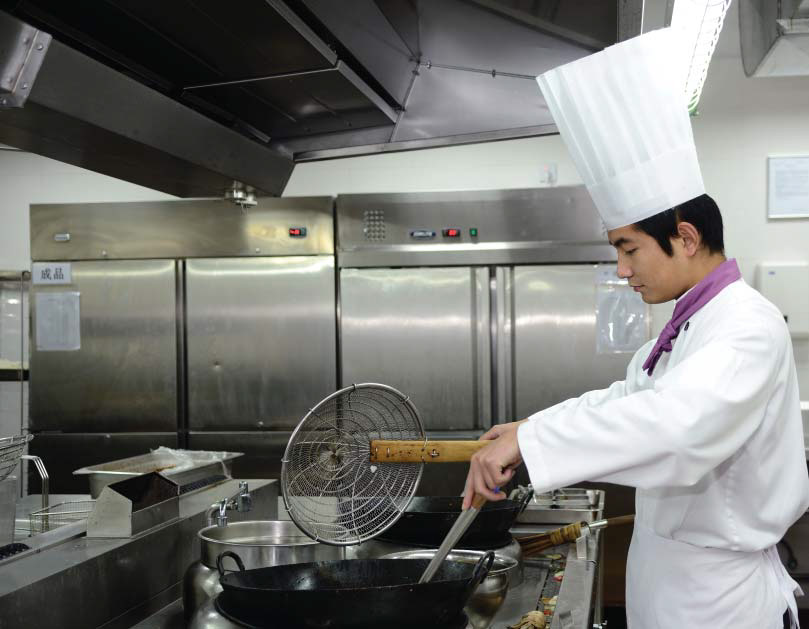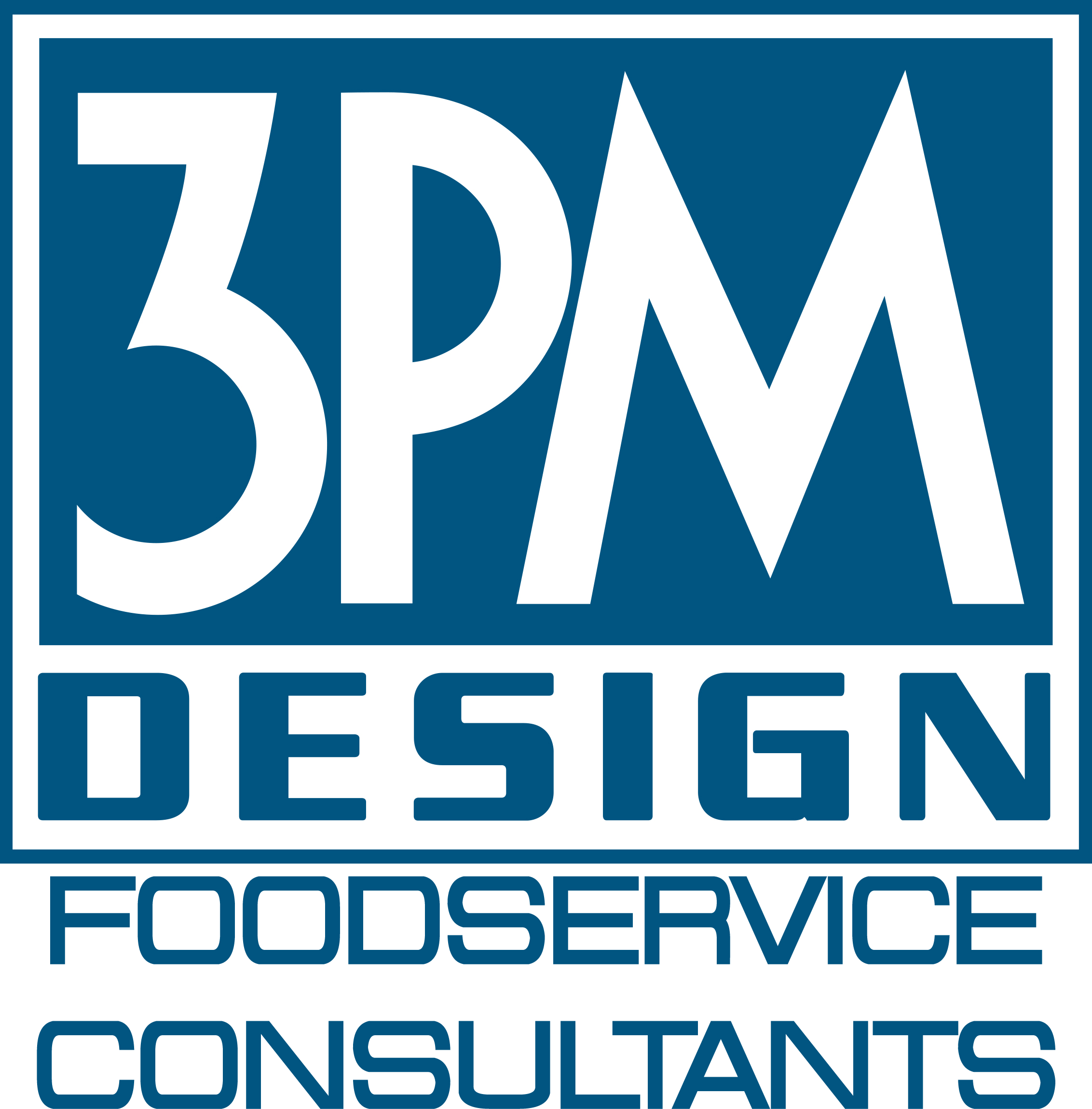
 Green Building
Green Building
Professional greening of the commercial kitchen is a uniquely challenging endeavor. Like so many green initiatives, the design of commercial kitchens promotes the conservation of natural resources, the use of sustainable equipment and the promotion of best practices. But that’s pretty much where comparisons end.
First, kitchens must store, prepare and serve food in a heavily-regulated environment that must be kept clean and safe at all times for both employees and customers.
Second, a commercial kitchen draws considerable resources from a building’s systems, particularly power and water. This does not necessarily apply to stand-alone restaurant buildings whose sole purpose is to serve food. But it does apply to buildings in which kitchens operate and share resources like schools, offices, assisted living homes, and others.
The Environmental Protection Agency (EPA) estimates that energy bills can account for as much as 30 percent of a commercial building’s annual operating budget. It only makes sense that a commercial kitchen be designed and operated to conserve as much energy and water as possible.
Unfortunately, that doesn’t happen as often as it should. There are some basic sustainable products and practices available for today’s commercial kitchen that offer the buildings in which they’re located the opportunity for significantly better performance.
Energy Conserving
Generally, food needs to be stored in refrigerators and freezers. It also needs to be cooked, baked, grilled, steamed, or deep fried, and the exhaust, heat and steam from the cooking process must be properly vented from the space. The array of available energy-efficient products and brand names to meet these requirements is dizzying.
Energy Star qualified products have become the standard for saving significantly more energy than non-rated models. An Energy Star qualified commercial refrigerator, for example, can reach energy savings of up to 35 percent with only a 1.3 year payback, according to the company’s website.
Greener freezers and walk-in coolers, though simple in design, are equipped with high-efficiency motors and compressors as well as lower emission refrigerants.
Cooking food uses more energy than any other kitchen system. Equipment technologies are constantly evolving, and scores of newer and better products continue to address the demand for cleaner, more efficient tools.
Convection ovens, boilerless steamers, space-saving combination ovens that can bake and steam in the same compartment, fryers with automatic shut-off valves, and a wide variety of high-volume, high-efficiency commercial ranges produce better food in less time using less energy than similar conventional models.
Exhaust hoods and ventilation account for the second largest energy draw. The design and performance of these systems is critical to the overall operation of a commercial kitchen and can significantly impact both sustainability and profitability. Underperforming equipment and poor design can make the work space unbearable for employees, and can waste untold amounts of energy.
Kitchen exhaust hoods must first integrate efficiently with the building’s heating, ventilation and air conditioning (HVAC) systems. Size, style, and placement of these units depend on available space, the total size of the kitchen facility, total usage and other factors.
The most sustainable models employ variable speed exhaust fans with automatic sensors that determine demand load and adjust power usage accordingly. This type of equipment can generate savings of up to 40 percent over conventional hoods with more rapid payback periods, according to the Food Service Technology Center (FSTC), a California-based testing facility for commercial kitchen equipment.
Water Conserving
Commercial kitchens are notorious for using excessive amounts of water for both cooking and cleaning. This can represent a double-hit to conservation efforts since the heating of water draws from two separate utilities. But there are technologies that both minimize waste and recover resources.
Energy Star qualified dishwashers offer ventless design with heat recovery condensing cycles that capture escaping water vapor and convert it to “inlet” water which is heated and fed back into the vessel. This type of technology can use as little as .74 gallons of water per rack, depending on size and capacity.
Pre-rinsing of dishes, glasses, pots and pans is another enormous source of waste. Sustainable low-flow pre-rinse spray valves can consume less than two gallons of water per minute versus three to six gallons per minute of conventional sprayers, according to FSTC savings estimates. At less than $100, these low-tech alternatives will fit on any standard assembly, and can save hundreds of dollars per year in energy costs. They’re also better made, offer a stronger spray, and clean faster than conventional models.
Design and Best Practices
Sustainability in the commercial kitchen is perhaps more difficult to achieve than in other, more “conventional” spaces. The performance of equipment and systems is only one side of the story. The often frenetic pace of employees during peak cooking and serving periods requires economy of movement, and smooth, efficient workflow. These practices might not immediately conjure up what conservation is all about, but they should.
Sustainability in this respect includes not only energy and water saving equipment, but space planning and conceptual design, as well. There must be a synergy between the various types of essential equipment, the people who use it, and where it is located.
The specification and selection of energy efficient equipment is critical to the greening of any commercial kitchen. But those machines cannot work to their full capacity without a fully efficient layout of the space that also meets health code and fire/safety requirements.
Similarly, personnel respond better to kitchen operations that practice comprehensive sustainably. From lower heat levels to eco-friendly cleaning products, green kitchens reduce employee sick days and accidents while boosting job satisfaction, productivity and ultimately, retention.
Pierre Metellus is president of 3PM Design, an Aurora, Colorado-based food service consulting and commercial kitchen design firm.
Reprinted from Colorado Construction & Design, Spring 2012

 Green Building
Green Building